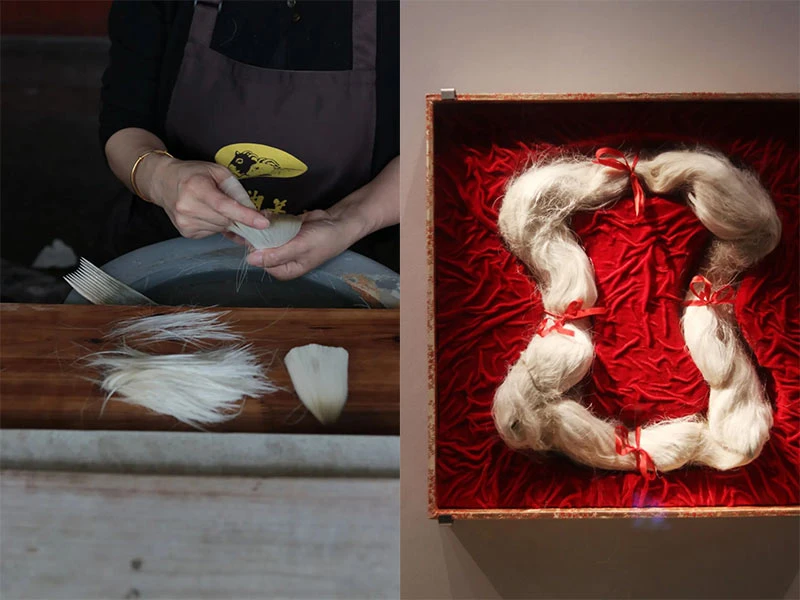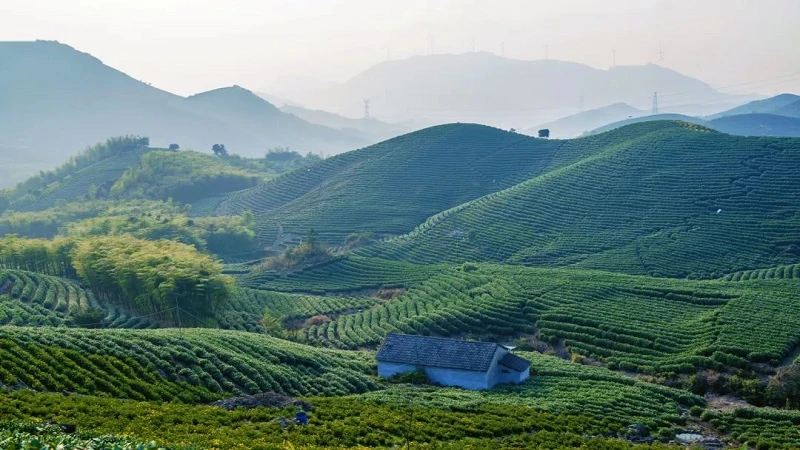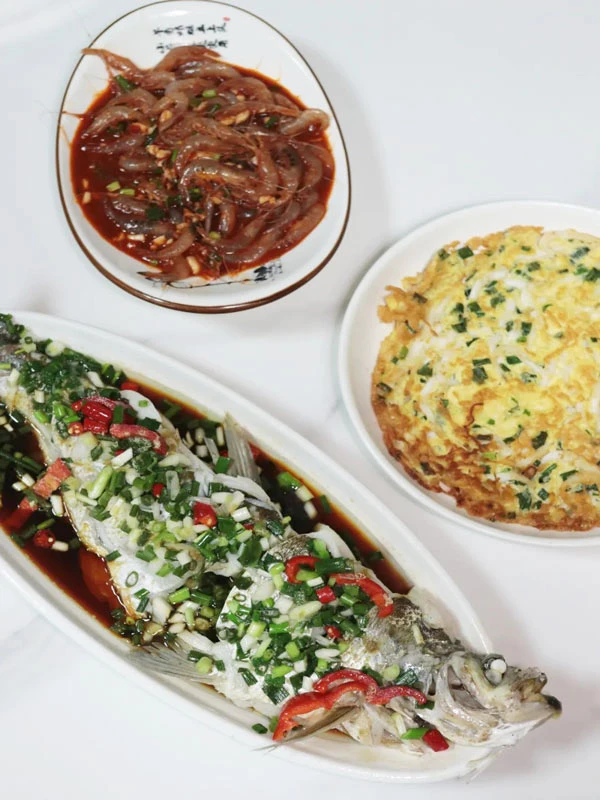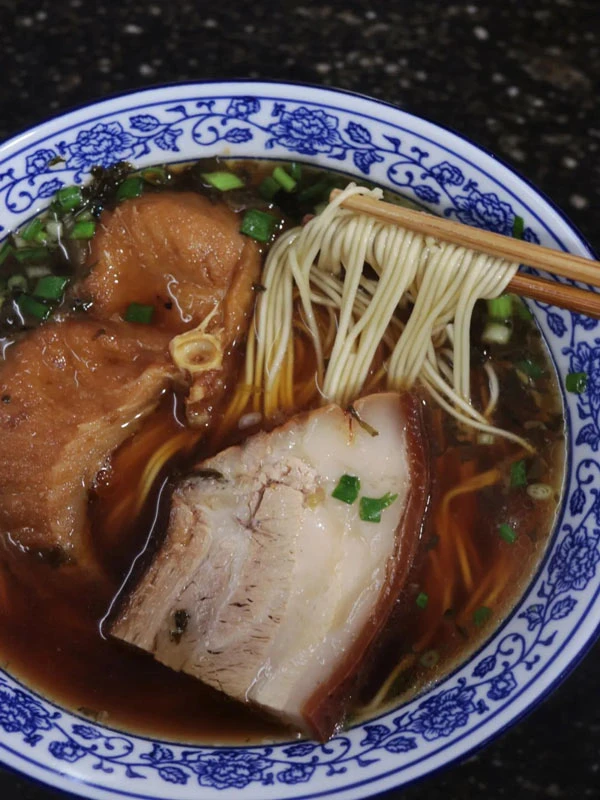The Storied History and Artistic Legacy of Huzhou
Huzhou, a city named after the great Lake Tai (Taihu), is a place where history, culture, and natural beauty converge in a way that is both tranquil and inspiring. Located in the northernmost part of Zhejiang Province, Huzhou is surrounded by cultural giants like Suzhou and Hangzhou. Despite its relatively modest size and less glamorous reputation, Huzhou has long been a place of significant cultural and historical importance. The city's rich heritage, scenic landscapes, and relaxed lifestyle make it a quintessential Jiangnan water town, embodying the slow-paced, poetic charm of the region.
The history dates back over 2,300 years. Originally known by names like Zhaxi (霅溪), Gucheng (菰城), and Wuxing (吴兴), the city has been a significant settlement since ancient times. It was during the Eastern Jin Dynasty that Huzhou began to earn its reputation as a "land of goodness" and a place of "mountain and water clarity," as praised by the famous poet Su Shi. The city is also immortalized in the works of other literary giants like Zhang Zhihe, who wrote of the tranquil scenes of white egrets flying over the peach blossom-filled waters near Xisai Mountain.

It has been home to numerous cultural icons, most notably the great calligraphers Zhao Mengfu and Wu Changshuo. Zhao Mengfu, a master of calligraphy and painting, hailed from Huzhou and left an indelible mark on Chinese art. His legacy is such that it has been said, "Half of Chinese painting and calligraphy history is in Huzhou." This statement reflects the deep artistic roots that the city has nurtured for centuries.
The serene environment has always been a magnet for scholars and artists. It was here that Lu Yu, the sage of tea, settled down to write the "Classic of Tea" (Cha Jing), the seminal text that elevated tea to its revered status in Chinese culture. The city's tranquil landscapes, such as Zhushan, where Lu Yu found solace, have inspired countless poets, calligraphers, and painters throughout Chinese history.
A Landscape Shaped by Water and Ingenious Engineering
Huzhou's connection to water is not just a matter of geography; it is also a story of human ingenuity. The city is situated in the heart of the Taihu Basin, where the rivers and streams of the Tianmu Mountains converge into the vast Taihu Lake. This unique topography has given rise to a complex network of waterways, known as the Lougang system, which has shaped the agricultural and cultural landscape of Huzhou for over 2,000 years.
The Lougang system, which includes a vast network of canals, sluices, and dikes, was developed to manage the flood-prone environment of the Taihu Basin. This intricate water management system allowed the ancient inhabitants of Huzhou to transform marshy, flood-prone land into fertile fields. The Lougang system is so sophisticated that it has been recognized as a World Irrigation Engineering Heritage, comparable to the Dujiangyan irrigation system in Sichuan.
Aerial views of Huzhou reveal a landscape that resembles a giant chessboard, with waterways crisscrossing the land and dividing it into a patchwork of fields and settlements. The system's effectiveness lies in its ability to control both drought and flooding, creating a stable environment for agriculture and human habitation. The Lougang canals not only drained the excess water but also served as a means of irrigation, ensuring that the land remained fertile year after year.
Cultural Treasures and Culinary Delights
Huzhou's cultural legacy extends beyond art and engineering; it is also the birthplace of the Huzhou ink brush, one of the "Four Treasures of the Study" (文房四宝), which include ink, paper, and inkstone. The Huzhou brush, renowned for its craftsmanship, has been the writing instrument of choice for generations of scholars and artists. The brushes are made in the town of Shanlian, where artisans follow a meticulous process involving over 120 steps to create a single brush. The best brushes are made from goat hair, chosen for its softness and ability to hold ink. These brushes, with their sharp tips, round bodies, and resilient structure, are ideal for calligraphy and painting, making them a prized possession for any artist.
The legacy extends into the realm of silk production as well. The region has been a center for silk weaving for over 4,000 years, with the discovery of silk remnants from the Neolithic period at the Qianshanyang site, affirming its ancient heritage. The silk produced in Huzhou, particularly from the village of Jili, is considered among the finest in China. Known for its softness, strength, and luster, Huzhou silk has been used to make imperial garments, including the dragon robes worn by emperors during the Qing Dynasty. The silk industry also played a crucial role in the economic development of Huzhou, with the town of Nanxun becoming one of the wealthiest towns in China during the late Qing period due to its thriving silk trade.
The local cuisine, deeply rooted in the Jiangnan tradition, is known for its delicate flavors and emphasis on freshness. One of the most beloved dishes in Huzhou is the braised mutton from Lianshi, a dish that has attracted food lovers from neighboring cities like Shanghai and Hangzhou. The mutton, slow-cooked with a blend of spices, yellow wine, soy sauce, and sugar, is tender, flavorful, and slightly sweet—a taste that perfectly complements the soft, non-greasy meat of the Hu sheep, a breed unique to the Taihu Basin.
The culinary culture is closely tied to the region's agricultural practices. The concept of "Sangji Yutang," an ancient agricultural system where mulberry trees are planted on the dikes of fishponds, is a perfect example. This system allows for the cultivation of mulberry leaves for silkworms, the raising of fish in the ponds, and the use of the fish's waste as fertilizer for the mulberry trees. This sustainable practice has not only supported the silk industry but also contributed to the rich culinary traditions of Huzhou.



